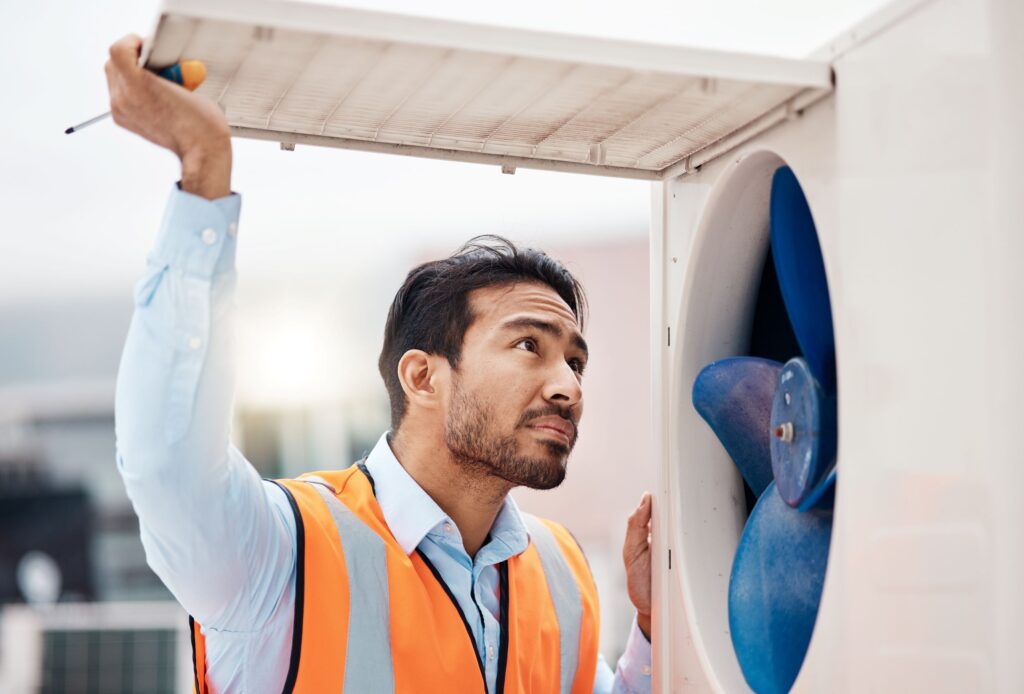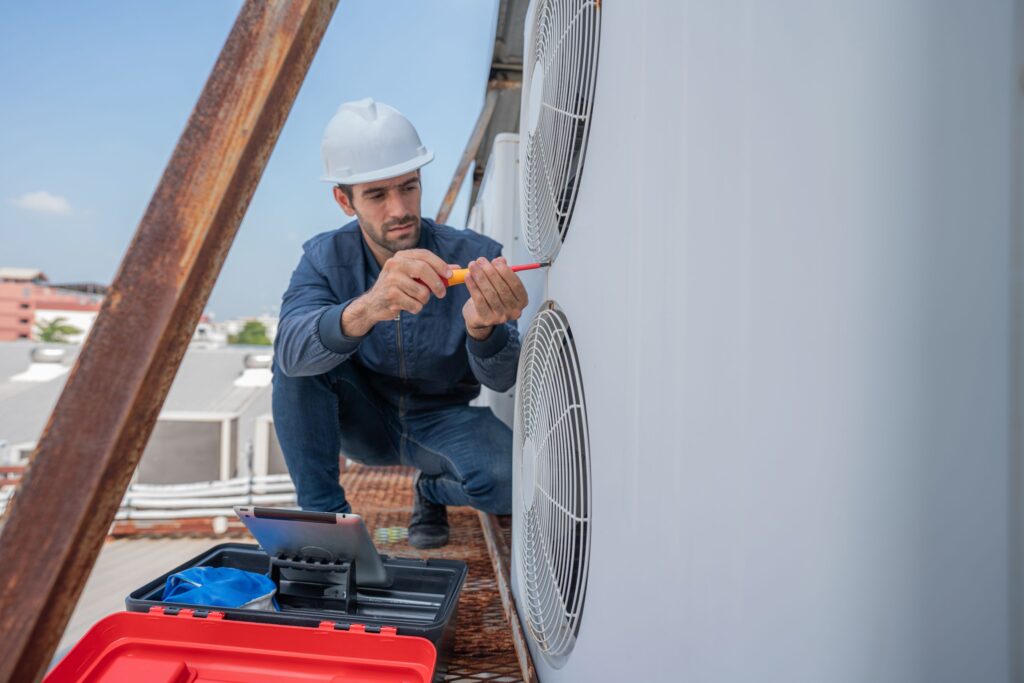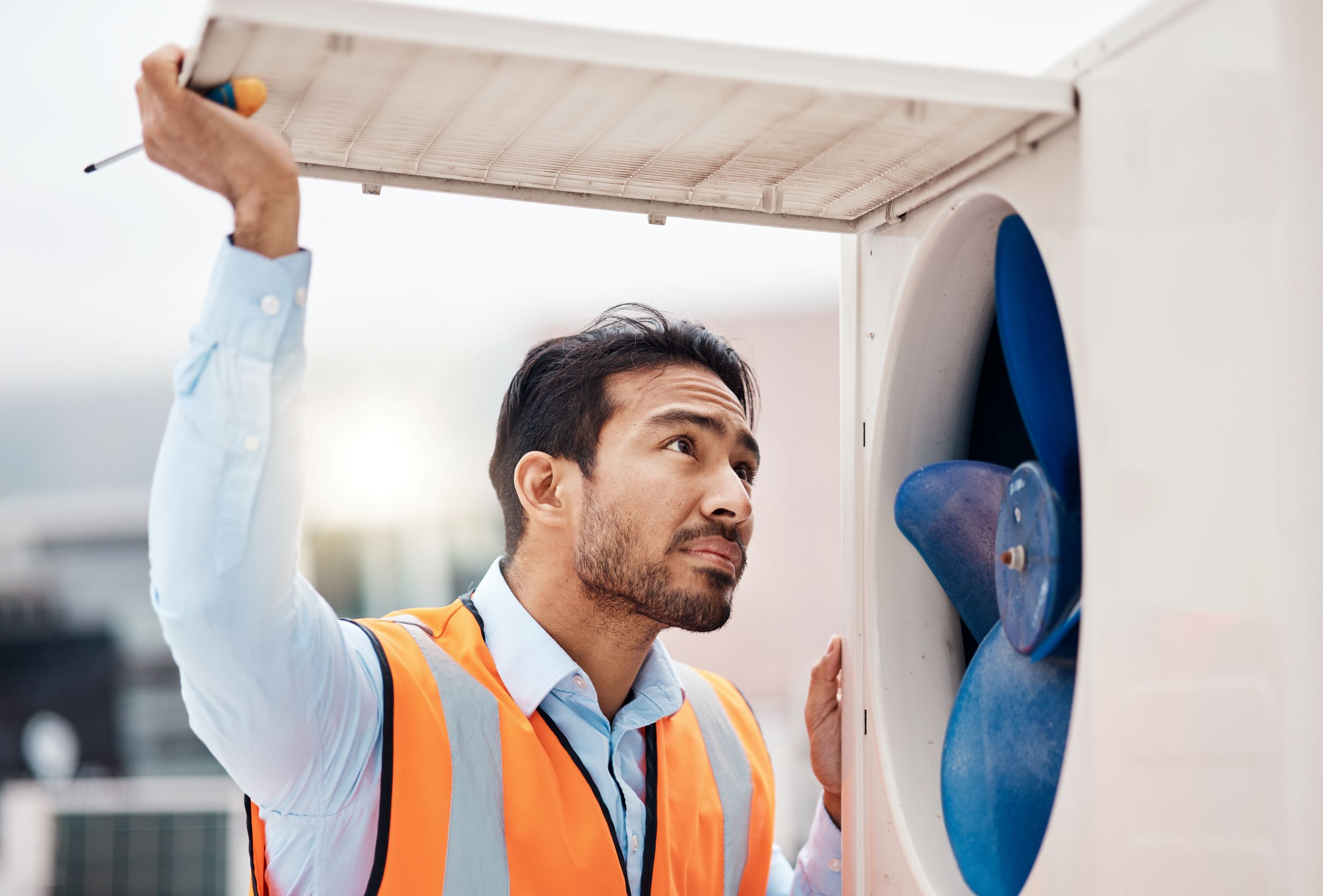
Older homes have character, charm, and (let’s be real) quirks. From original hardwood floors to creaky staircases, these beauties offer a lot to love. But when it comes to HVAC systems? That’s where the romance can fade fast. If you live in a vintage gem in St. Clair County, chances are you’ve run into your fair share of HVAC issues in older homes.
At S&P Heating, we’ve seen just about every HVAC hiccup an aging house can throw at you. Whether it’s leaky ducts, outdated parts, or airflow that just refuses to cooperate, we’re here to help you fix it right. In this article, we’ll explore the most common HVAC repairs required in older homes—and give you practical, modern solutions to keep your cool (or heat) year-round.
Why Older Homes Face Unique HVAC Challenges
Old homes weren’t built with central air and modern ductwork in mind. In fact, many St. Clair County homes that are 50+ years old were retrofitted with HVAC systems well after their original construction. That’s why HVAC repairs in older properties often require more than a quick fix—they demand a thoughtful approach that blends new tech with old architecture.
Some of the most common culprits include:
- Outdated components
- Insulation inefficiencies
- Narrow or blocked ducts
- Pilot light problems
- Electrical issues from aging wiring
HVAC Issues You’ll See in Older St. Clair County Homes
Let’s take a deeper look at the most common HVAC issues seen in aging houses around St. Clair County.
1. Leaky or Poorly Installed Ducts
If your HVAC system is the heart of your home, your ducts are the arteries—and in older homes, they often need a little stenting. Leaky ducts are a frequent issue, especially in houses where ductwork was added long after construction.
Symptoms of leaky ducts:
- Uneven temperatures across rooms
- Higher-than-average energy bills
- Visible dust blowing from vents
The fix? Ductwork repairs and sealing. In some cases, it might even be time to replace the old ductwork with modern, insulated alternatives for better efficiency and airflow.
2. Thermostat That’s Older Than Your First Car
Outdated or analog thermostats can be charming in a retro kind of way—but they’re often unreliable. Older thermostats may lack proper calibration or struggle to communicate with modern HVAC equipment, leading to inconsistent heating or cooling.
A smart solution: thermostat upgrades. Swapping out your old dial for a programmable or smart thermostat can improve comfort, lower energy bills, and even help identify system issues before they become significant problems.
3. Airflow Imbalance and Zoning Problems
Do some rooms in your house feel like a sauna while others are iceboxes? Welcome to the world of airflow imbalance, a common issue in homes that were never designed with HVAC zoning in mind.
Why it happens:
- Long, winding ductwork
- Room additions without HVAC expansion
- Blocked or undersized vents
Solutions can range from basic vent adjustment to more advanced HVAC retrofits, like adding zoning systems with multiple thermostats or installing ductless mini-splits in hard-to-reach areas.
4. Outdated or Worn-Out System Components
Older systems often rely on parts that are, well… past their prime. From worn belts toworn-out capacitors or motors, many HVAC repairs in aging homes involve components that have simply lived a full life.
Even well-maintained systems can start to show signs of electrical wear and fatigue after 10–15 years. If your HVAC unit is rattling, grinding, or constantly needing minor fixes, it might be time to evaluate whether repair or replacement makes more sense.
5. Insulation and Ventilation Inefficiencies
Even the best HVAC system can’t overcome poor insulation. If your home has drafty windows, insufficient attic insulation, or dusty vents, you’ll struggle to maintain comfort—and your HVAC will overwork trying to compensate.
To solve this:
- Upgrade attic and crawlspace insulation
- Install weather stripping around doors and windows
- Schedule a full home energy audit
- Clean vents and check for obstructions
This not only supports your HVAC system—it makes your home quieter and more energy-efficient, too.
6. Furnace Quirks and Pilot Light Problems
Have a furnace older than your high school diploma? You’re not alone. Many St. Clair County homes still have mid-century models with pilot light problems, faulty thermocouples, or outdated ignition systems.
If your furnace is:
- Clicking but not igniting
- Frequently shutting off
- Producing unusual smells or sounds
…it may be time for afurnace repair or even an upgrade to a newer, safer model with modern ignition systems.
7. Electrical Issues That Disrupt HVAC Performance
Older homes can come with older electrical panels—and those might not always play nice with today’s high-demand HVAC systems. Flickering lights, blown fuses, or a system that trips the breaker frequently? That’s a red flag.
Sometimes, it’s not your HVAC’s fault at all—it’s the wiring behind it. A certified HVAC tech can work with a licensed electrician to resolve these electrical wear issues and ensure your system gets the power it needs safely.
Retrofits vs. Replacements: What’s the Right Move?
When dealing with HVAC issues in older homes, you might wonder: Should I keep patching up the system I have or start fresh with something modern?
Here’s a general rule of thumb:
- If your system is under 15 years old and repairs are minor, fix it.
- If it’s 15–20+ years old, breaks down often, or uses outdated technology, consider a replacement.
HVAC retrofits—like adding zoning, upgrading ducts, or integrating smart tech—can extend system life and improve comfort, especially if your core equipment is still in decent shape.
Call S&P Heating for HVAC Repairs in Older St. Clair County Homes

Don’t let an aging HVAC system make your beautiful old home uncomfortable. Whether you’re facing ductwork issues, pilot light problems, or need advice on thermostat upgrades, the team at S&P Heating is here to help.
We specialize in thoughtful, effective HVAC solutions tailored to older properties—and we do it with the respect, care, and transparency your home deserves.
Give us a call today, and let’s get your system running like new—no guesswork, no shortcuts—just good old-fashioned service with modern expertise.
FAQ: HVAC Repairs in Older Homes
Is it harder to install new HVAC systems in older homes?
It can be, but it’s definitely doable. Challenges like limited duct space, unusual layouts, and old construction materials can make HVAC installation more complex. However, experienced contractors know how to work with these conditions. With proper planning and smart retrofits, your older home can enjoy modern comfort without compromising its charm.
Do older homes need different HVAC maintenance than newer ones?
Yes—primarily because older systems and components may be more fragile or outdated. In older homes, routine maintenance is essential to catch wear and tear early. Things like inspecting aging ductwork, checking for electrical wear, and cleaning dusty vents should be done more frequently to avoid bigger problems down the line.
What’s the most cost-effective HVAC upgrade for an older home?
One of the smartest, budget-friendly upgrades is a thermostat upgrade—especially if you’re still using a manual or dial model. A smart or programmable thermostat helps regulate temperature more efficiently, reduces energy usage, and keeps your system from overworking. It’s a simple way to boost performance without a full system replacement.
Want More HVAC Tips? We’ve Got a Blog for That
Curious about improving your home’s comfort, saving on energy bills, or learning more about your HVAC system in general? Check out our blog for expert advice, local homeowner tips, and no-nonsense guides that help you get the most out of your heating and cooling systems. We’re always adding fresh content to keep you informed—and in control.



